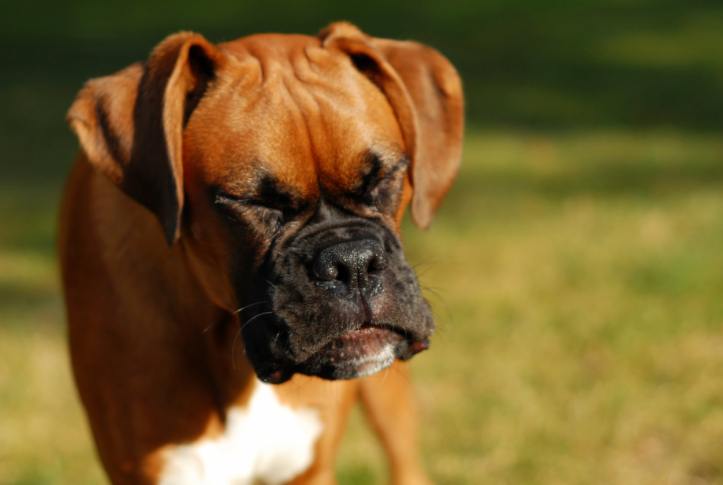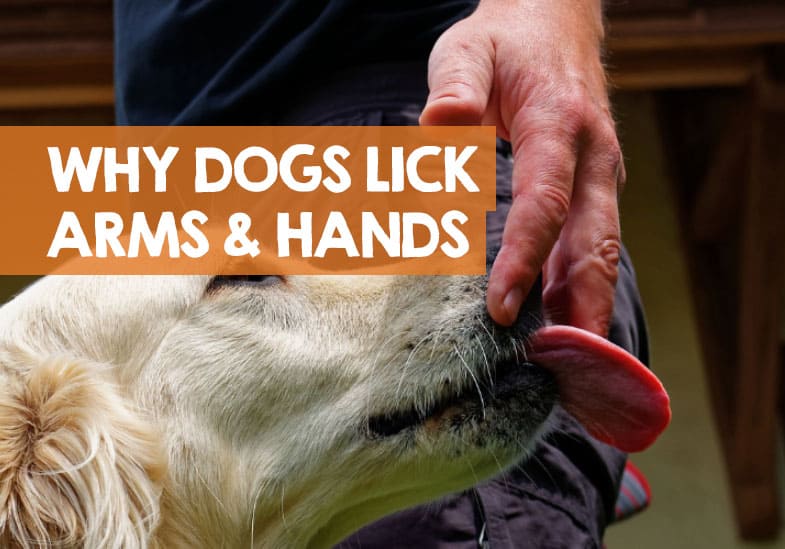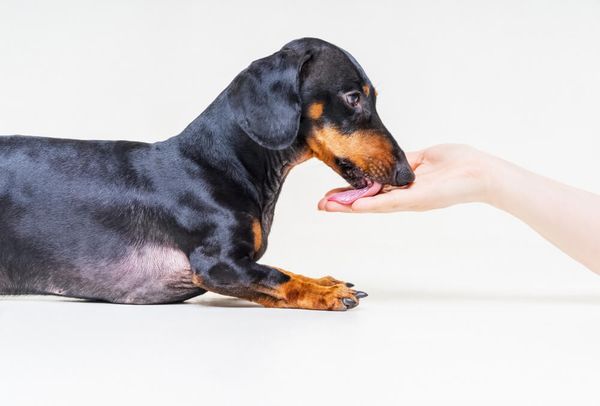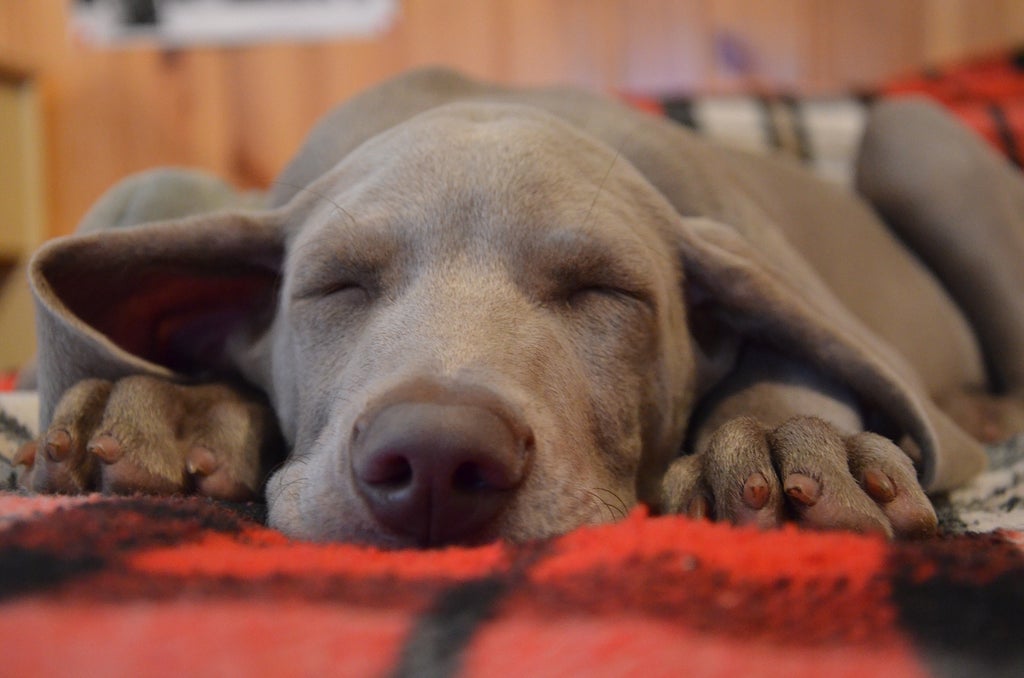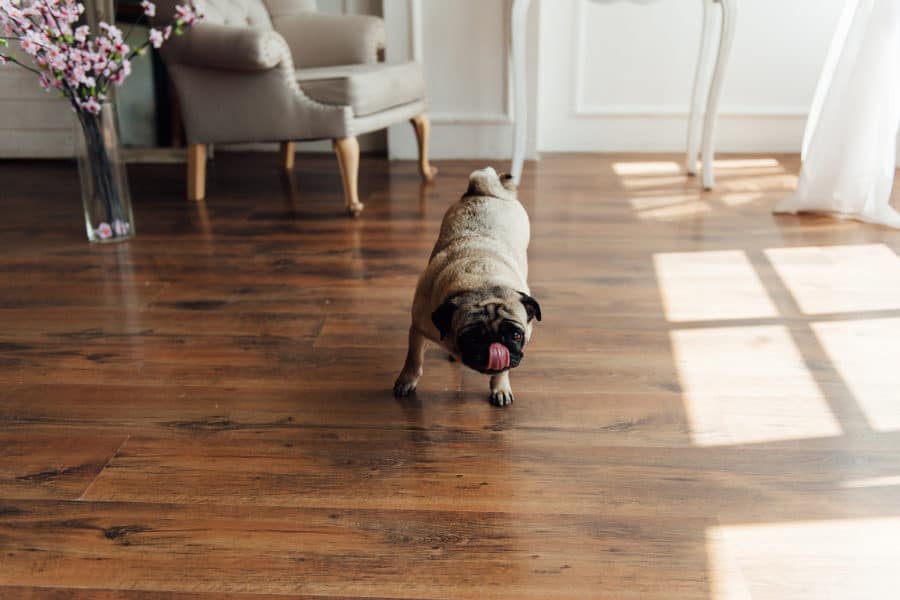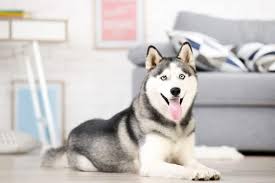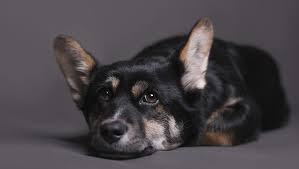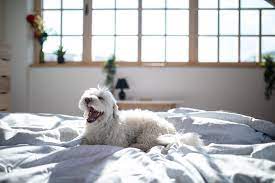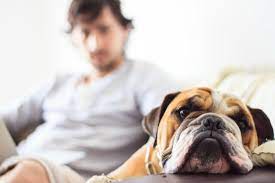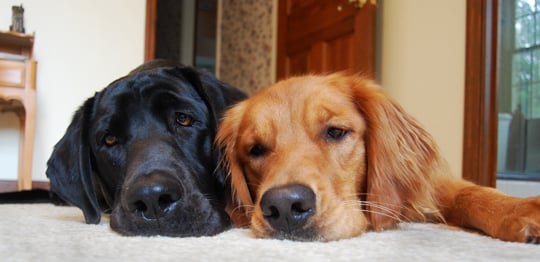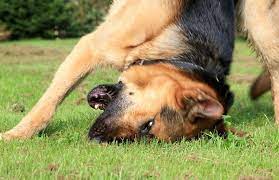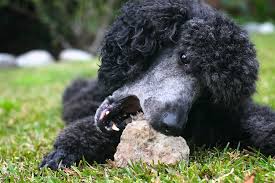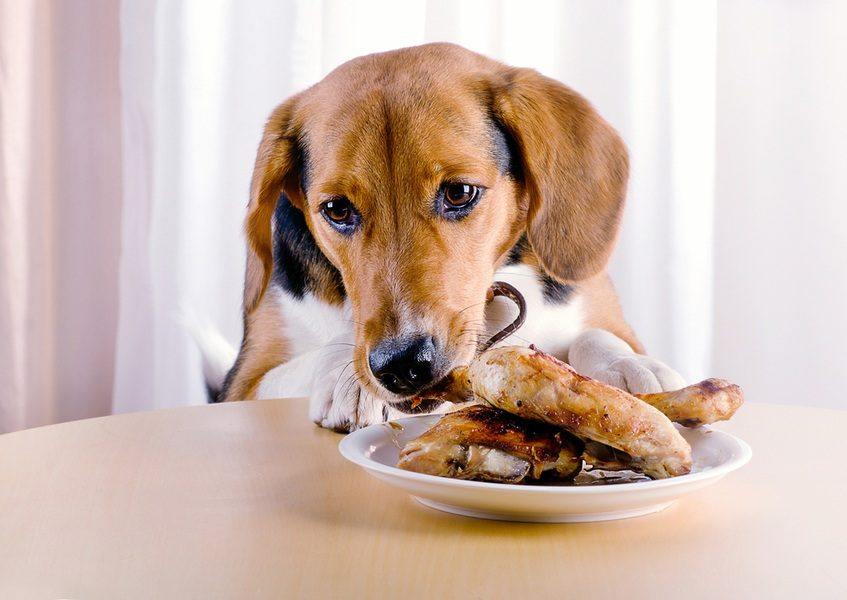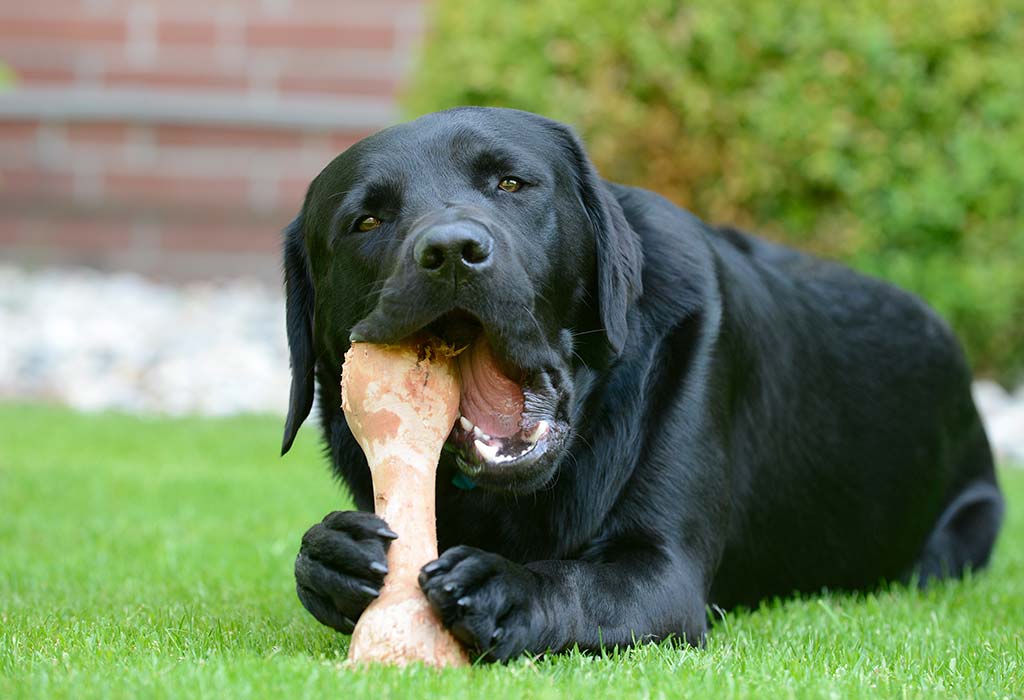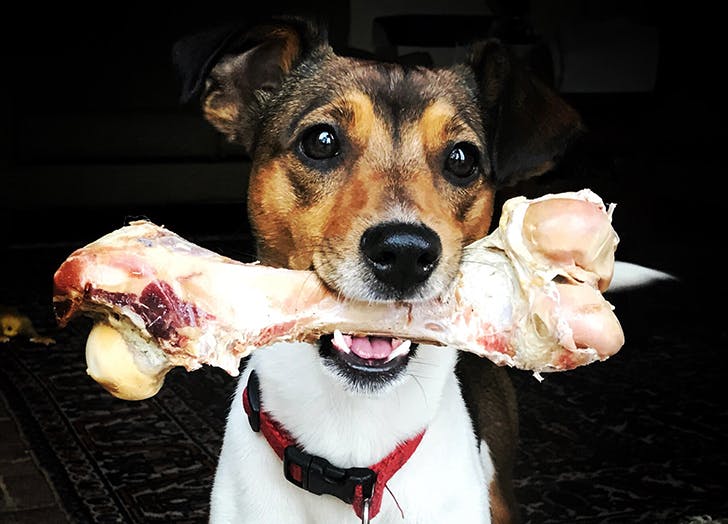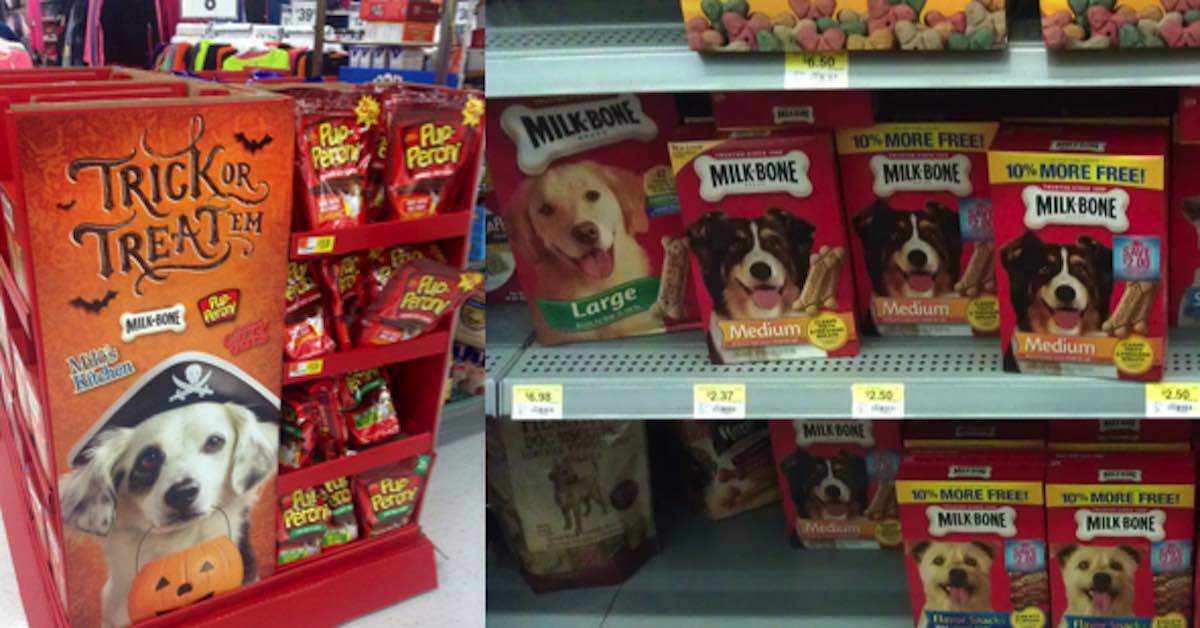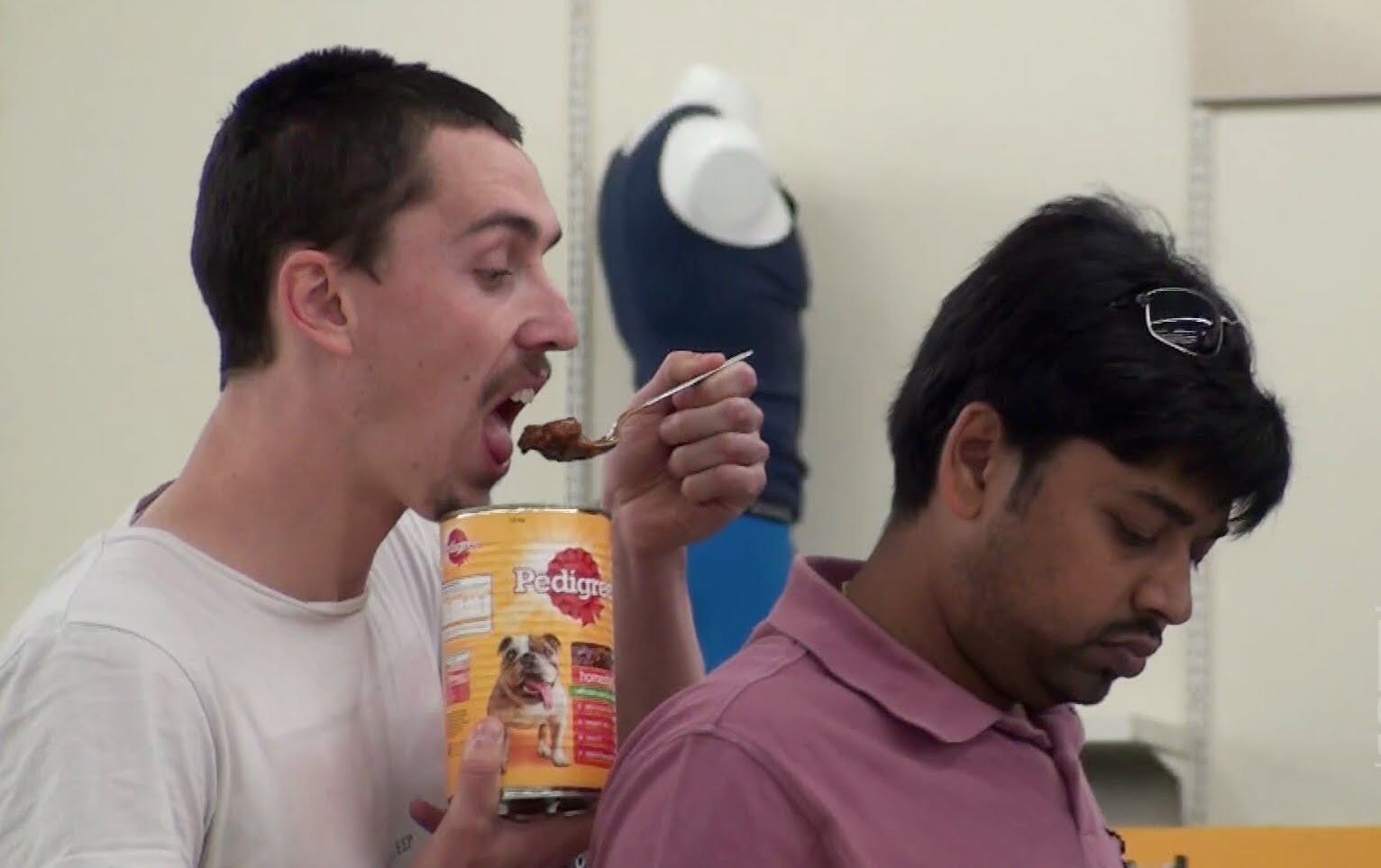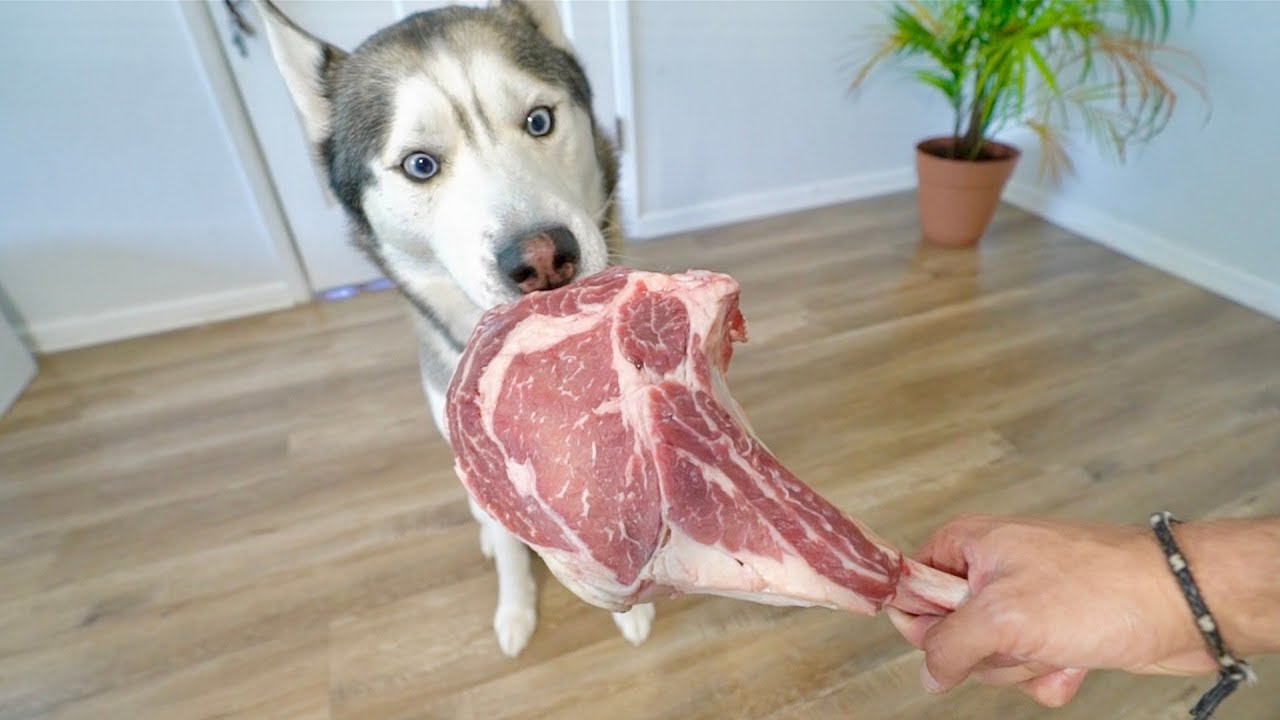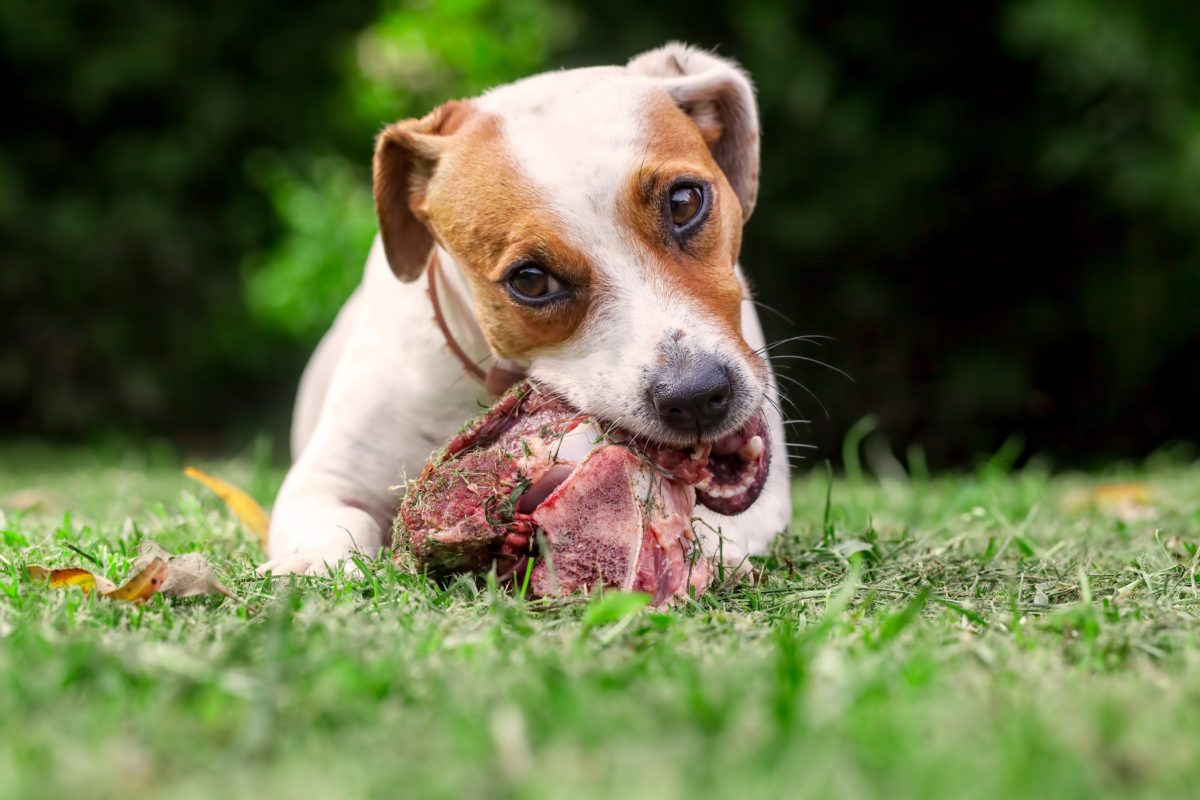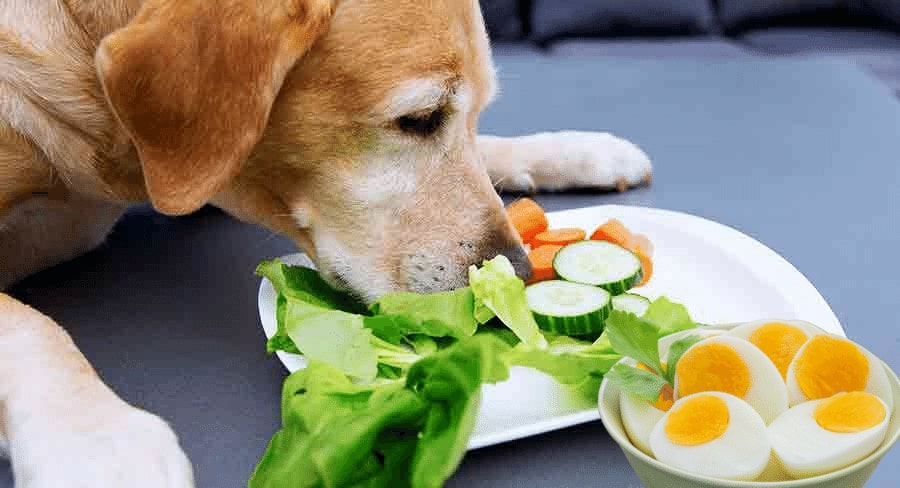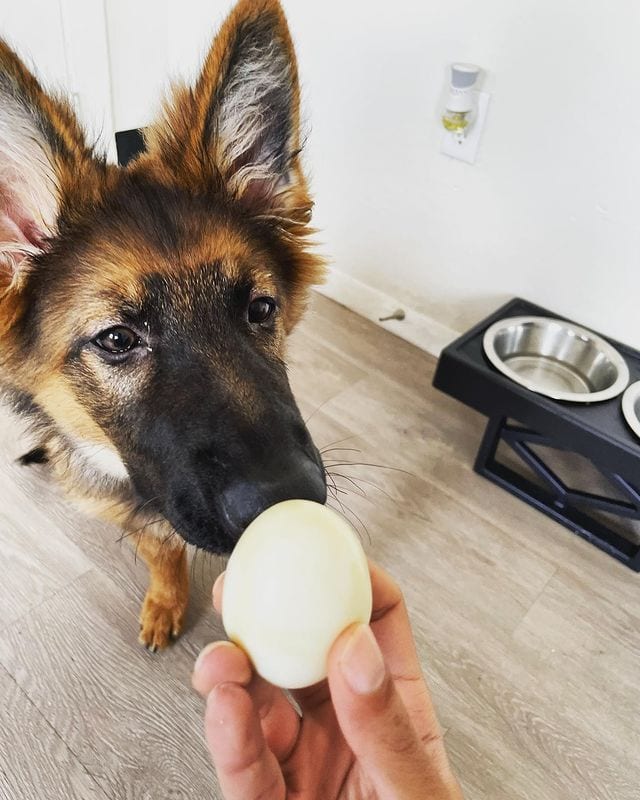#pets_tuttorial #jane_brody #pet_blog #pet_training #pet_products_reviews #best_dog_products #best_cat_products
If you’re following this article, you’re probably thinking, why do some dogs with older age snore when the new puppy is introduced into the household? Adult dogs may experience various reactions to the new puppy.
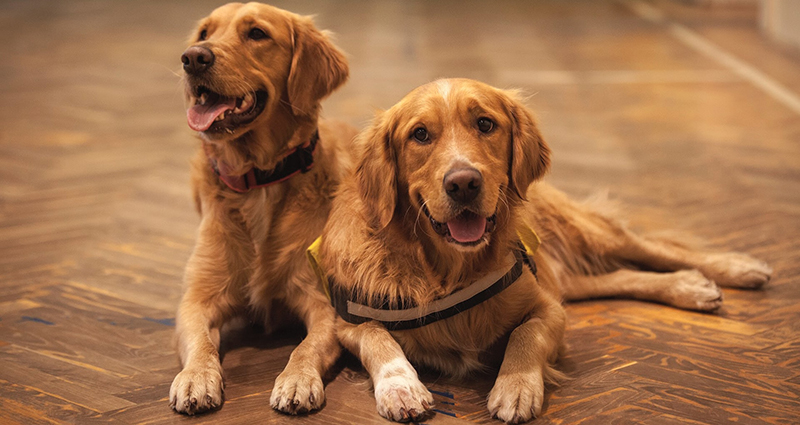
Some older dogs totally ignore the whippersnapper who is just a few months old. Adult dogs also want to have fun with the brand new younger brother. Sometimes, the dog’s resident responds aggressively. If this occurs it is recommended to seek out the help of an experienced positively reinforcement-based dog trainer to bring things back to normal.
Many owners observe that their pet is beginning to salivate during the initial few days an infant puppy is present at home. Why is this happening?
Which one is right for your pet? For instance, if the dog you have is female it might have a different reason to be salivating as compared to male. However, what I’d say that when dogs show the behavior of drooling with puppies, it almost never stems from aggression.
It can be caused by various physical and emotional factors. One only has to search on the internet to see how widespread this kind of behavior is, with pet owners all over the world searching for answers to the root of this peculiar phenomenon. Naturally, this peculiar behavior can make pet owners nervous. Since surely, the drooling can be a sign of aggression or, at minimum, a sign of stress.
What Exactly is Dog Drool Anyway?
Drool is a term used for saliva of canines. Many people refer to it as”slobber”.
Canine saliva is created by several glands that are located in the mouth of your dog.
Canine saliva plays a number of vital purposes for your pet. It is for instance, saliva can help in chewing, swallowing, and digestion.
It also has enzymes, that help eliminate harmful bacteria from oral cavity and the teeth. It can also assist in the body’s temperature regulation by cooling dogs that are overheated.
A bit of saliva is completely normal. For instance, most dogs will salivate during mealtimes. Pavlov proved this in a well-known study!
The owners of their pets may carry an “drool rag” to mop the excess slobber off their cheeks.
But excessive salivation could also indicate that something is stressful taking place in the dog’s life.
What Does Drooling Indicate?
The excessive drooling of dogs is a frequent indicator of stress, anxiety or nervousness in dogs.
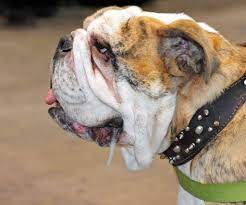
Many dogs are prone to drooling in the midst of thunderstorms, during trips in the car, or on visits to the vet or the boarding the kennel.
If your dog’s older sibling is drooling whenever you introduce an unborn puppy into the house, your dog may be a anxious about the new puppy.
Other signs of stress that are common can be seen in dogs, including:
Panting
Pacing
Yawning
Scratching
Shaking
Licking
Whining
Shedding
Stiff body
Tails tucked
Flattened ears
Appetite loss
If you take a closer look you’ll probably spot your dog’s adult version of the different signs that stress them, along with the crying.
Do not panic. Some anxiety is normal in an adjustment.
It may take some an amount of time, and perseverance, but eventually your dog will begin to be more at ease with the new puppy as well as the salivating will stop.
Medical Issue?
If your dog’s more frequent in drooling is due to a large family change (such as the arrival of an infant puppy) the reason behind the excessive drooling could be stress or anxiety.
There is however any chance that excessively drooling may be a sign of a medical issue.
For instance excessive salivation is often related to dental diseases.
The drooling could be an indication of vomiting or objects (or even an actual tumor) inside your pet’s mouth.
If your dog’s increased drooling doesn’t not disappear within few days, you should give your vet an appointment to determine if there is a medical issue.
The vet will conduct an extensive examination of your pet’s mouth, teeth, and throat to ensure there’s not an impediment to the physical causes of the excessive salivation.
How to stop your dog drooling near new puppies
There are numerous methods to get rid of your dog’s habit of being a slobbery around puppies. As mentioned above, you must be sure to rule out any health issues that may be the cause of the problem.
If your dog is always looking at your dog Discuss the problem with your vet and make sure to eliminate any medical issue which could be the cause of this behaviour.
In many cases your vet might suggest that your pet (especially when they are anxious) should receive an energizing snack or spray before getting to know their new companion.
Most of the time in the case of anxious or stressed dogs, make sure you’ve created a tranquil and tranquil environment for the puppy. First, you should remove all toys and other distractions, and ensure that your dog is calm and peaceful, only making the introduction after taking them out for a walk.
If your dog starts to drool and snore, take them from the area for a couple of minutes, return them. After a few times the dog will start to calm down and eventually stop drooling altogether.
Finally, be patient because it can take up to a week for your dog’s to become totally accustomed to the puppy’s presence.
Conclusion
The arrival of a new puppy to the very first time can be an anxious and frightening experience for dog owners, particularly those who already have an animal that is aggressive.
While most dogs will respond positively to a new dog within the family There aren’t any guarantees that it will be the same for every dog. As with humans, dogs show various character traits, making it difficult to determine how they’ll react to a new presence in the house.
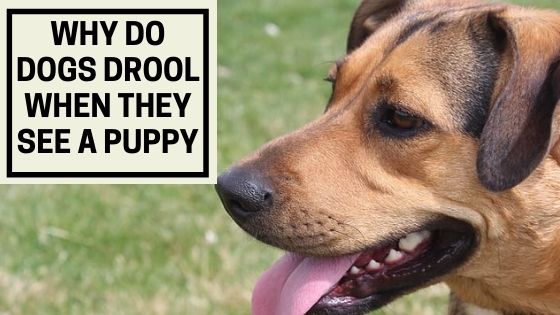
Additionally, it’s not unusual for dogs to exhibit odd behavior even at the most difficult of times. And nowhere is this more evident than when a puppy appears in the middle of nowhere.
It’s not unusual to see dogs pacing or growl, whimper and be out of character and behave in a unpredictable manner with younger dogs.
The salivating and drooling is one of the many quirks. In the majority of cases the dog that is drooling about puppies shouldn’t be considered a problem… However, you should look over the list I’ve provided in case there’s a more important issue in play.
The post Why Is My Dog Drooling Around The New Puppy? appeared first on Pets Tutorial.
by petstutorial via Pets Tutorial

